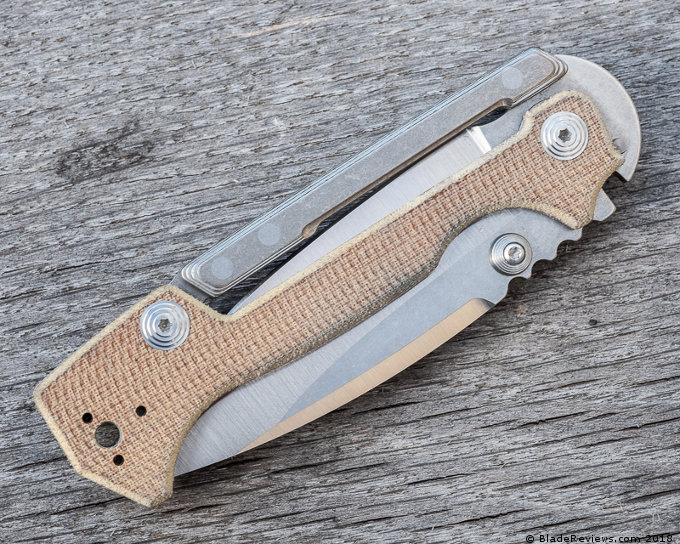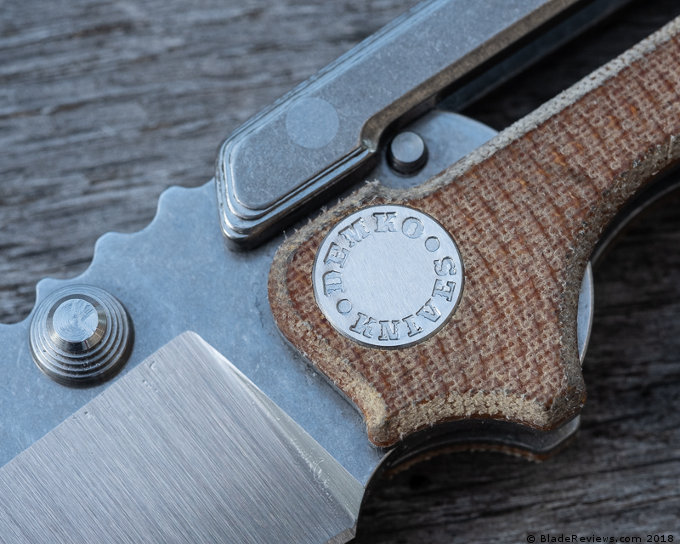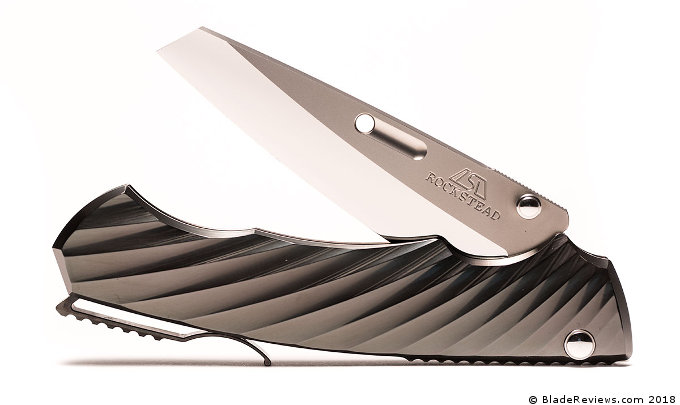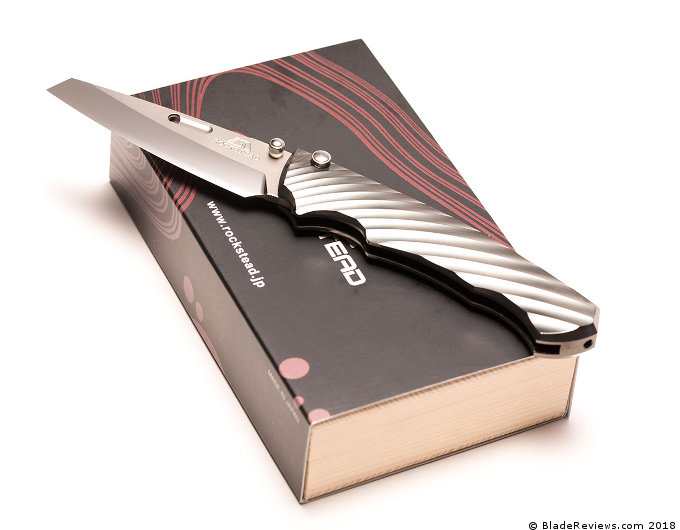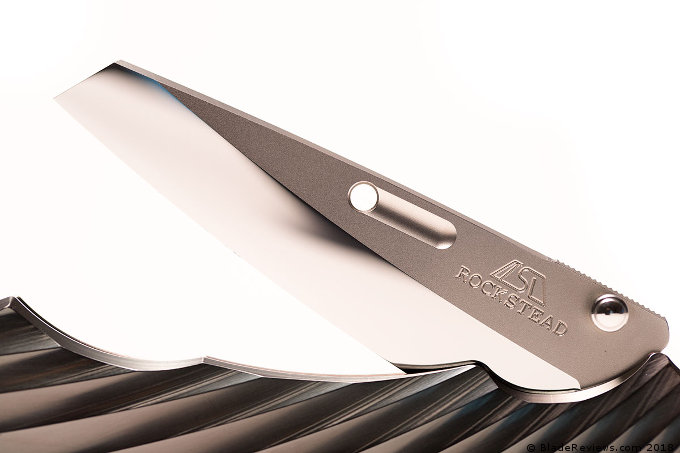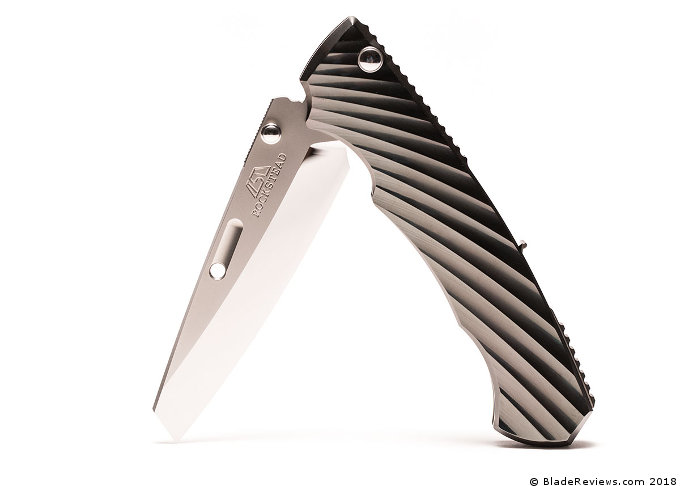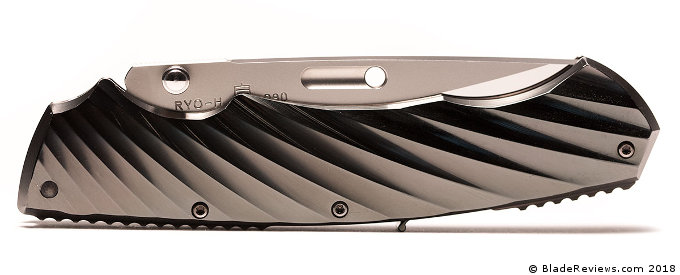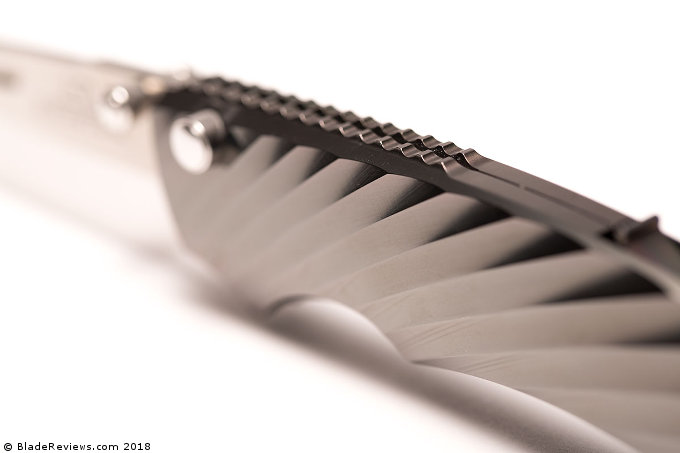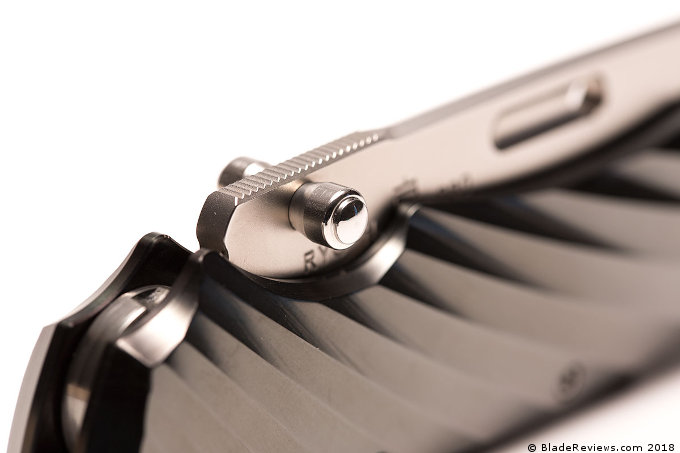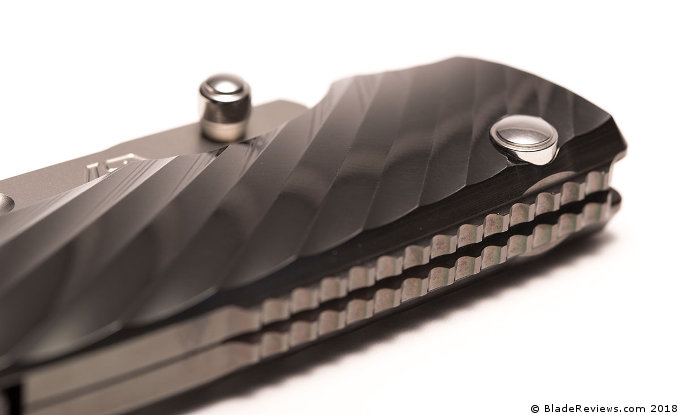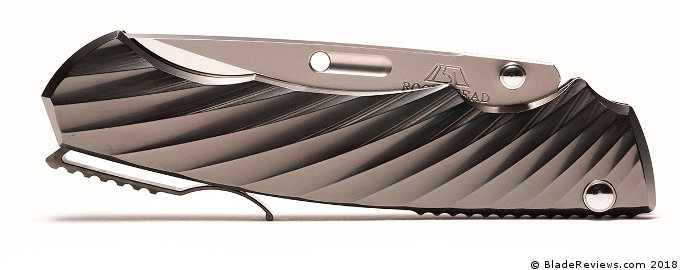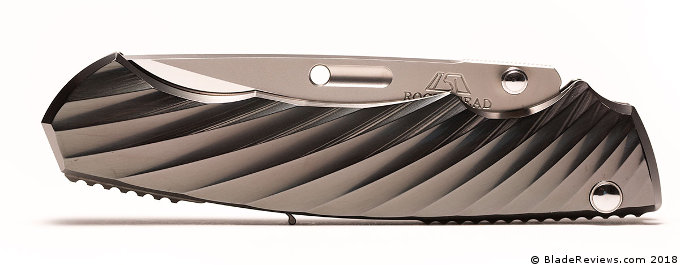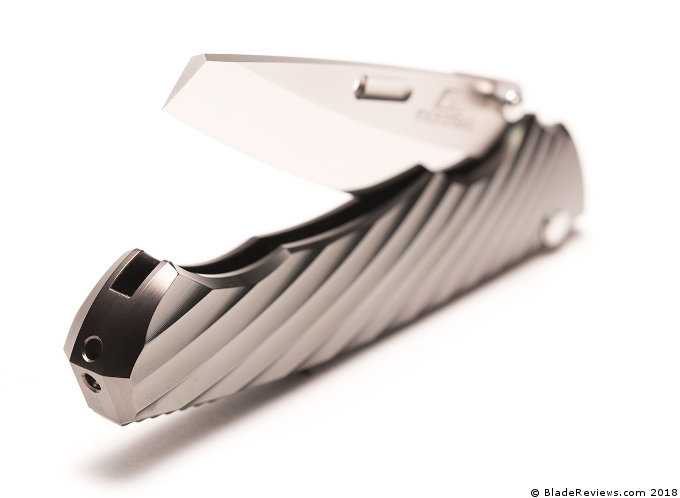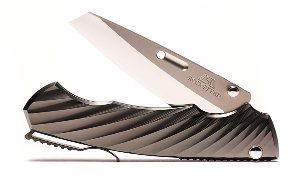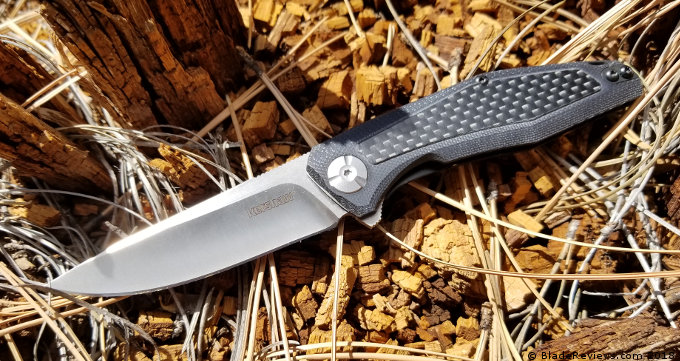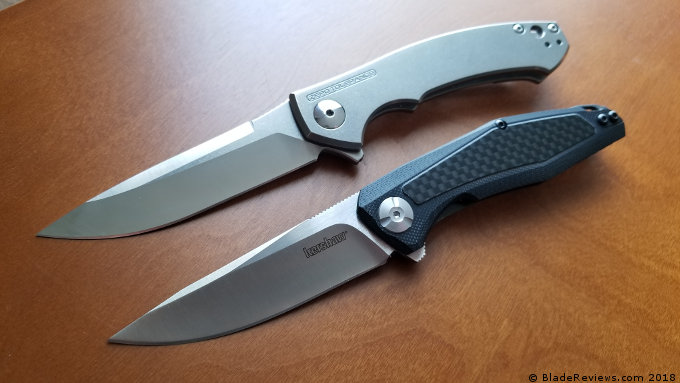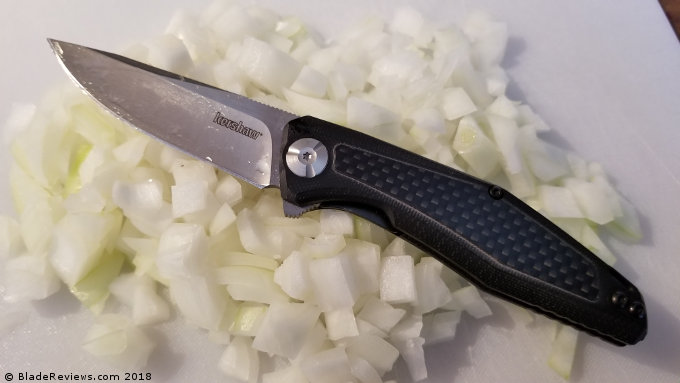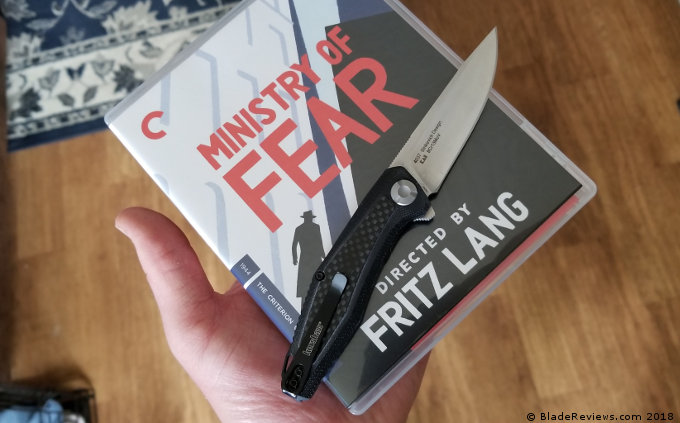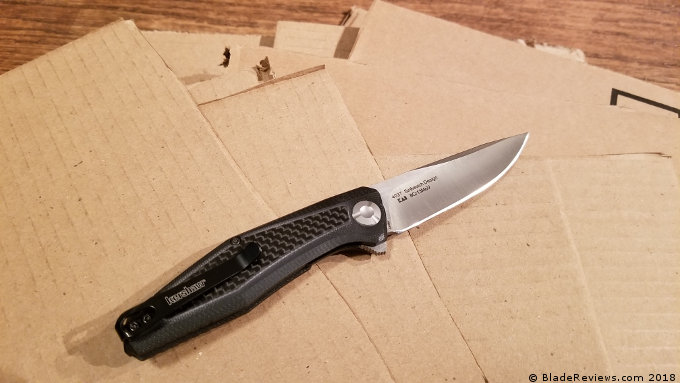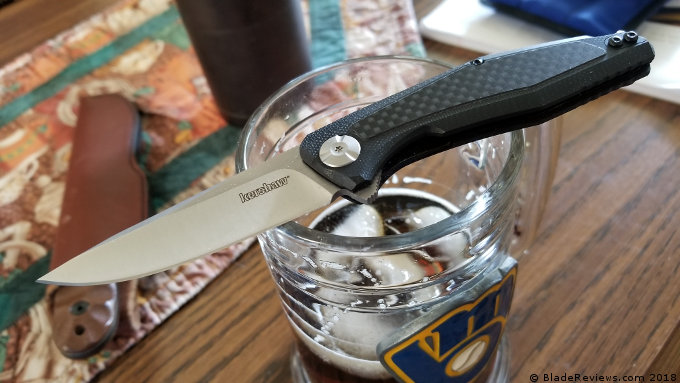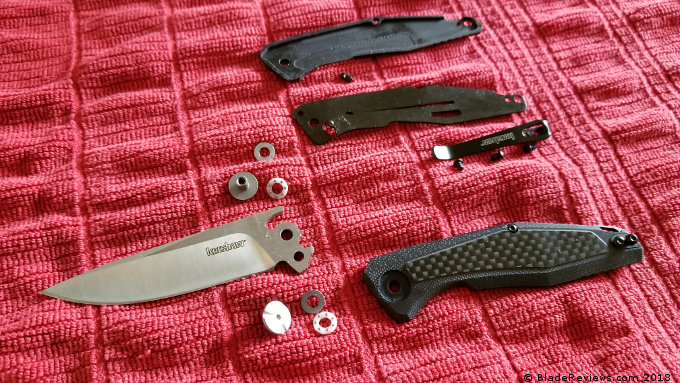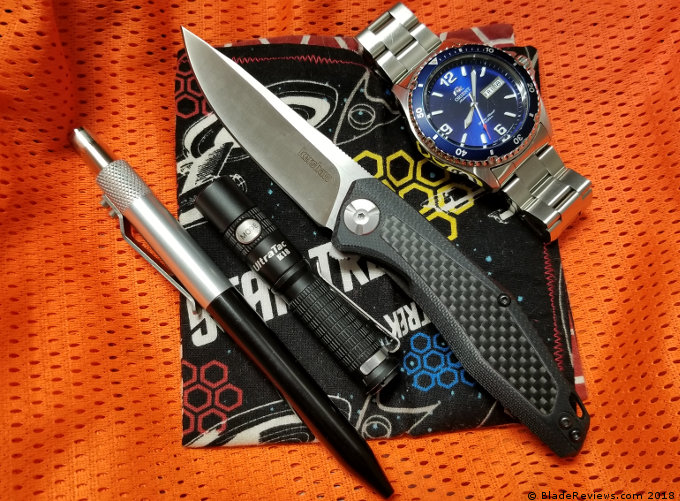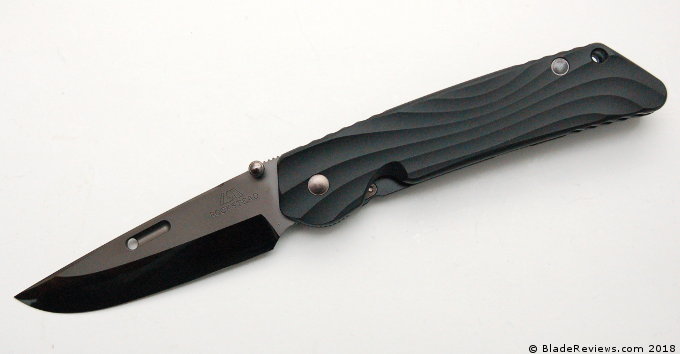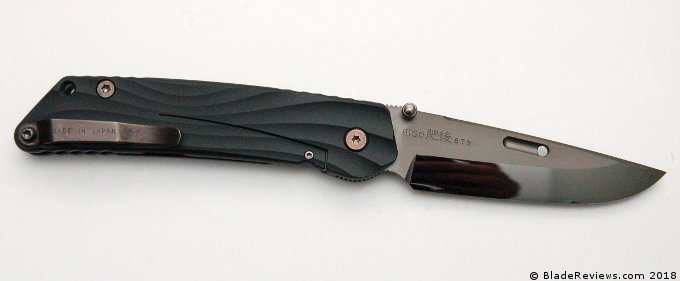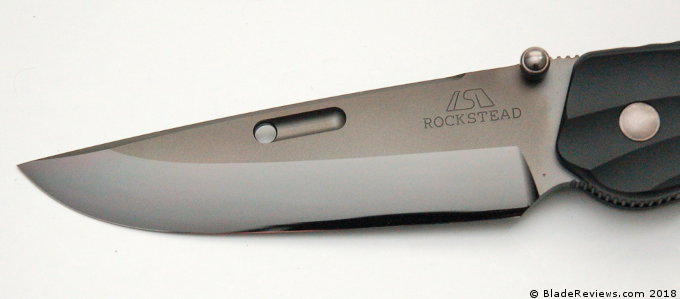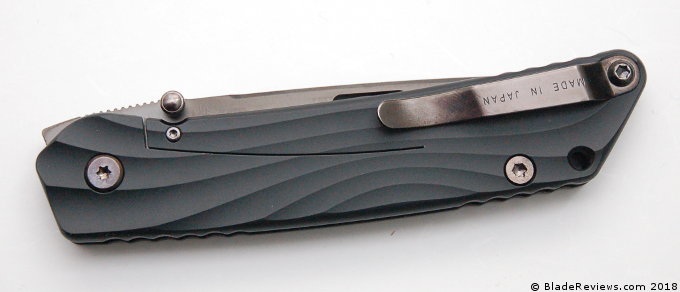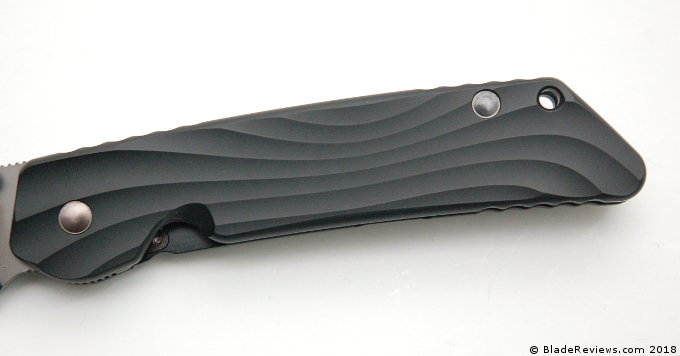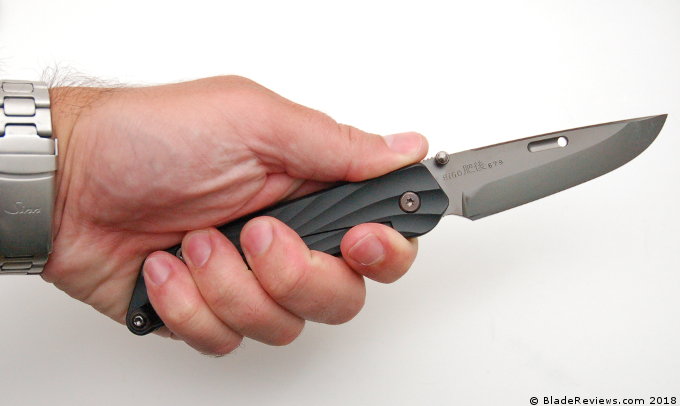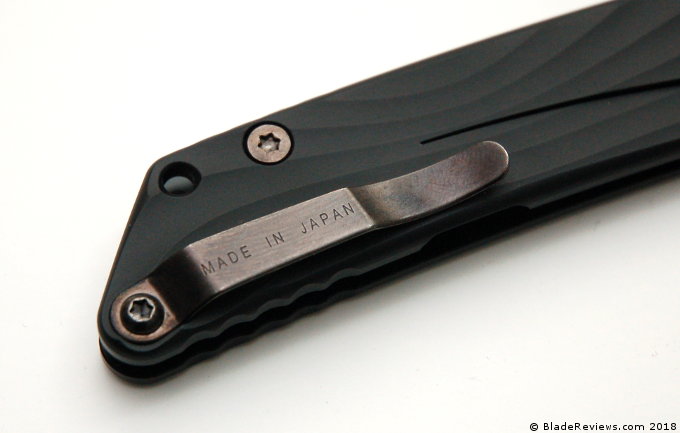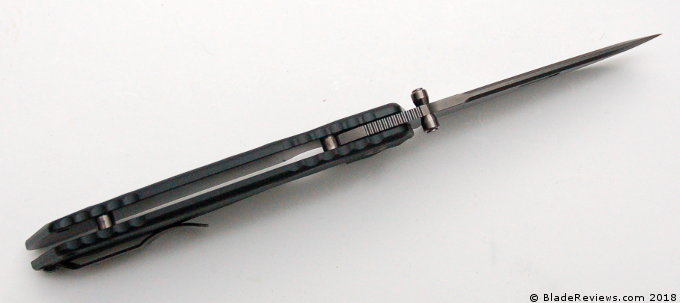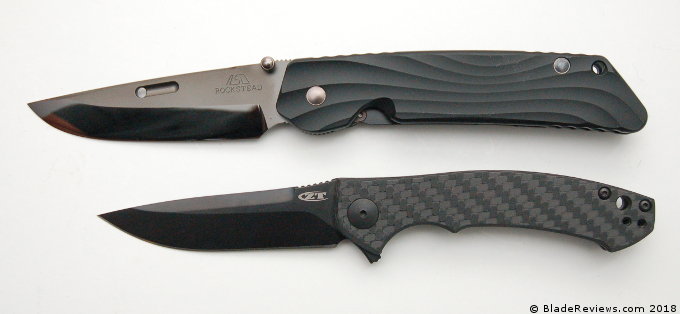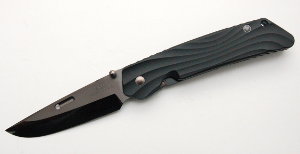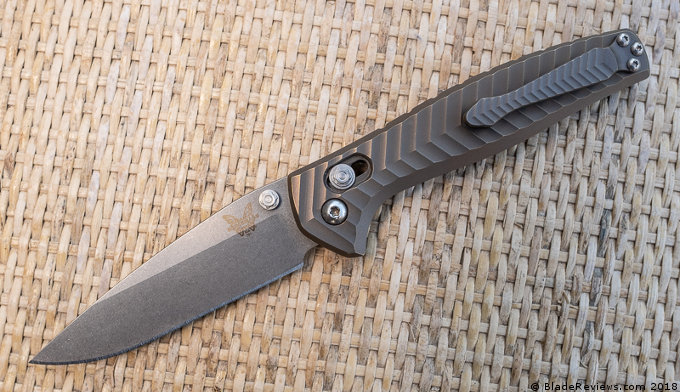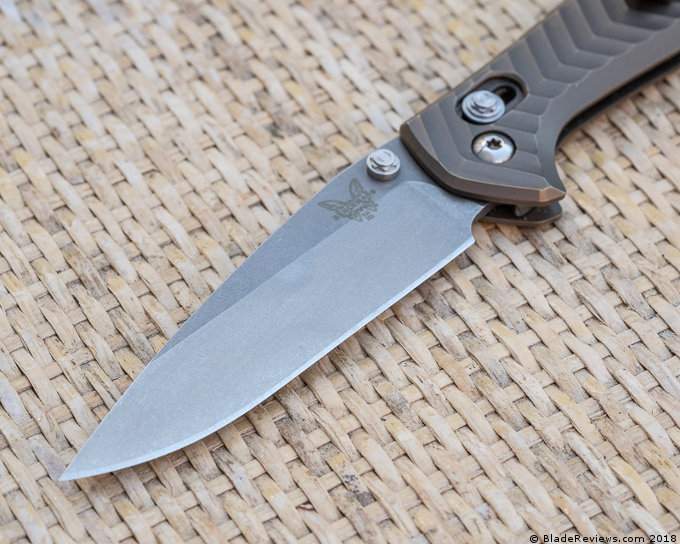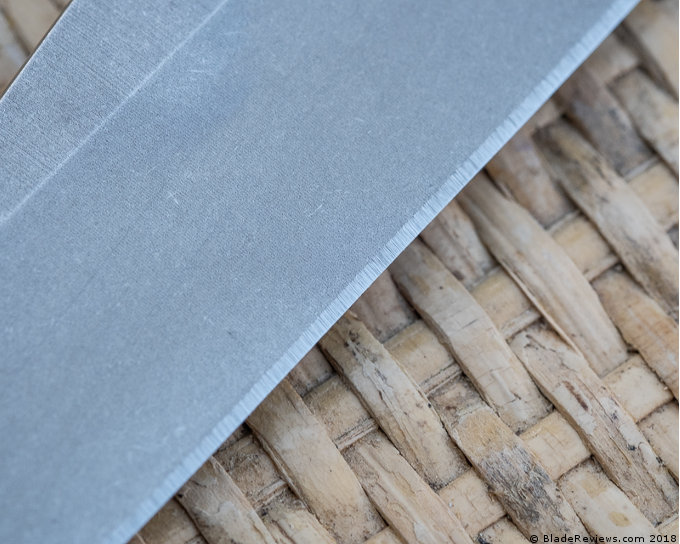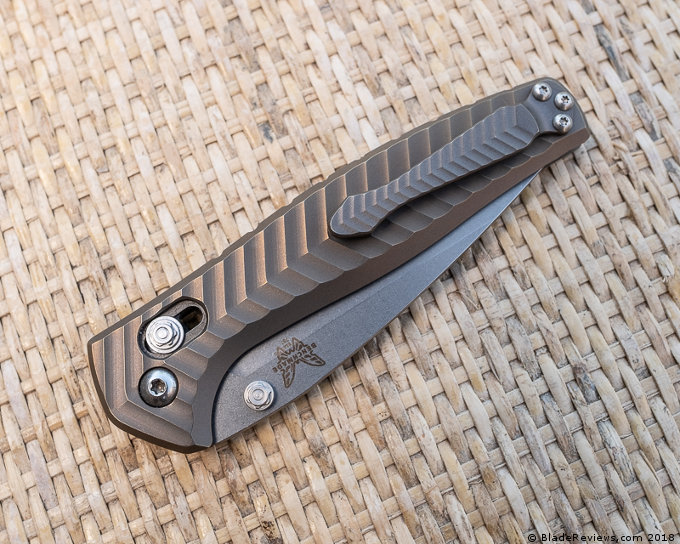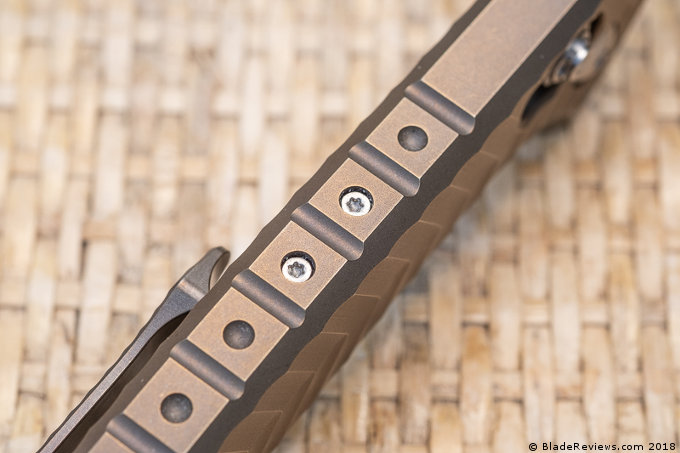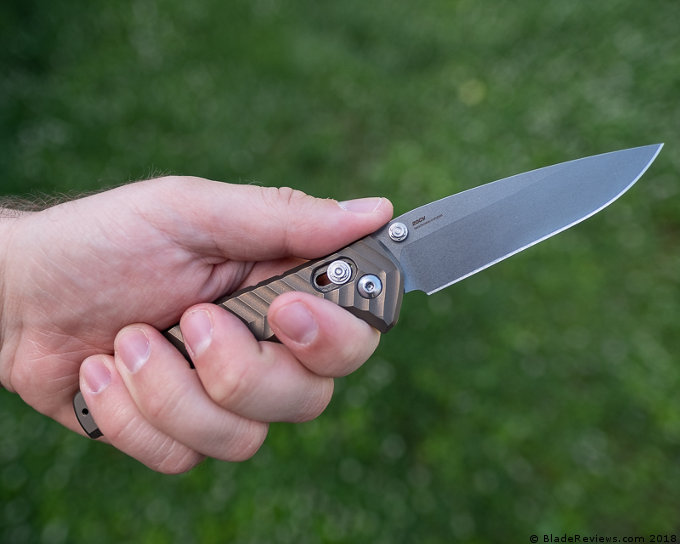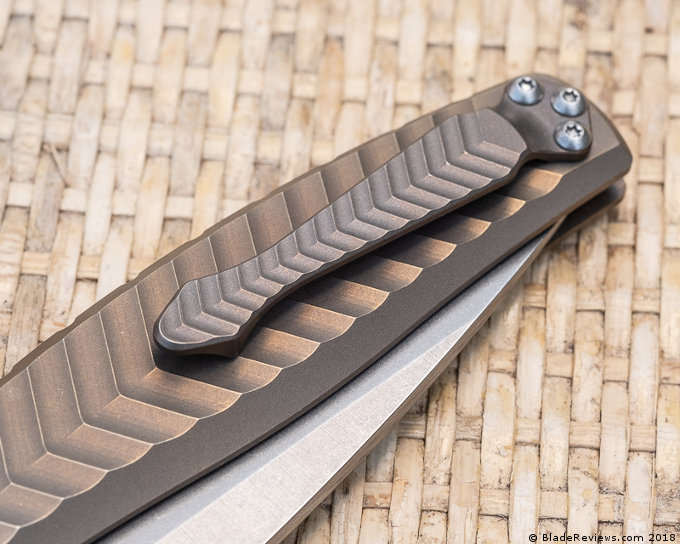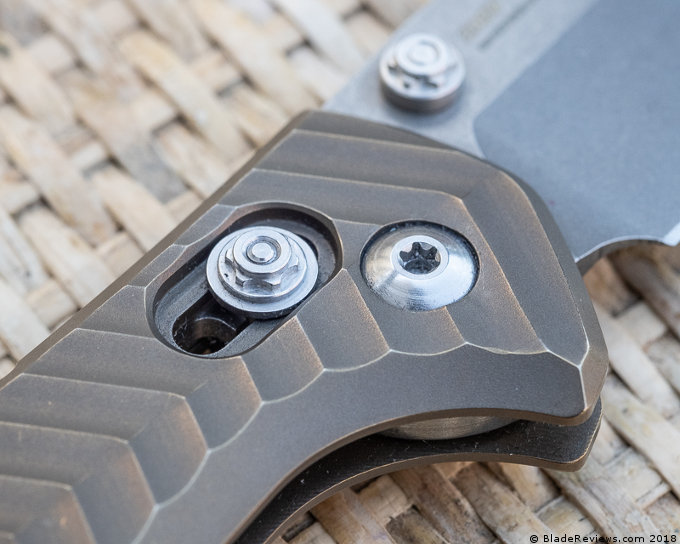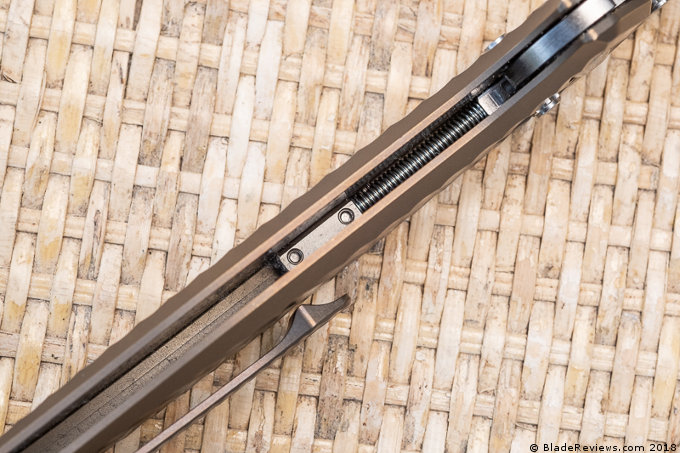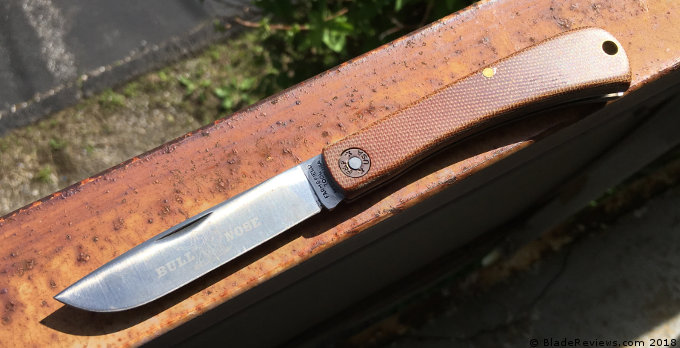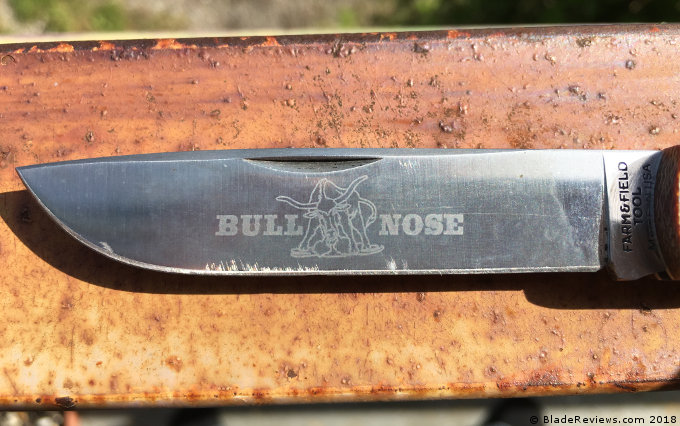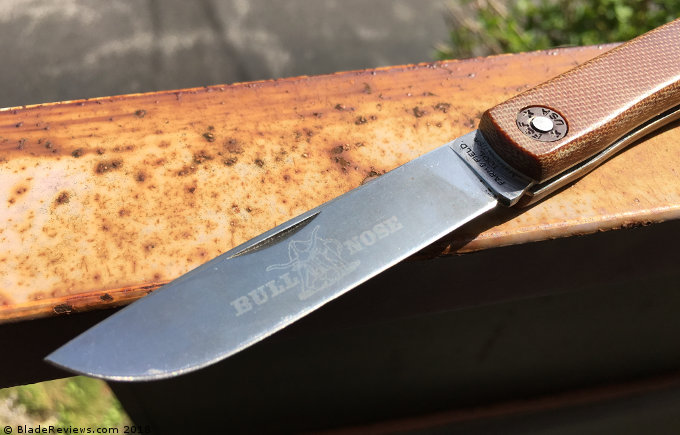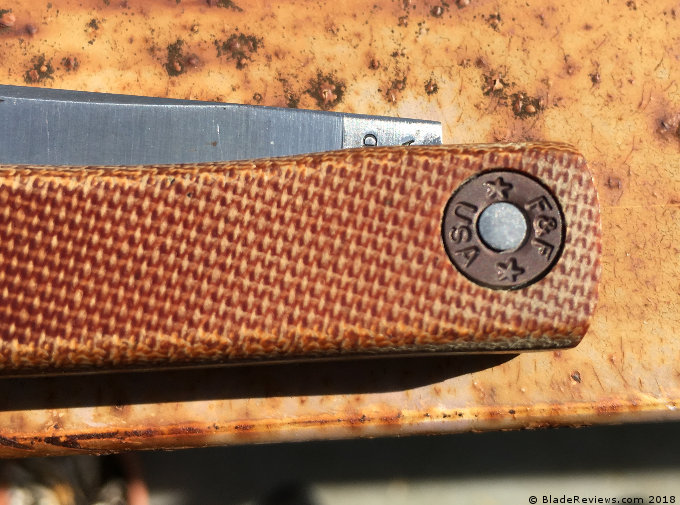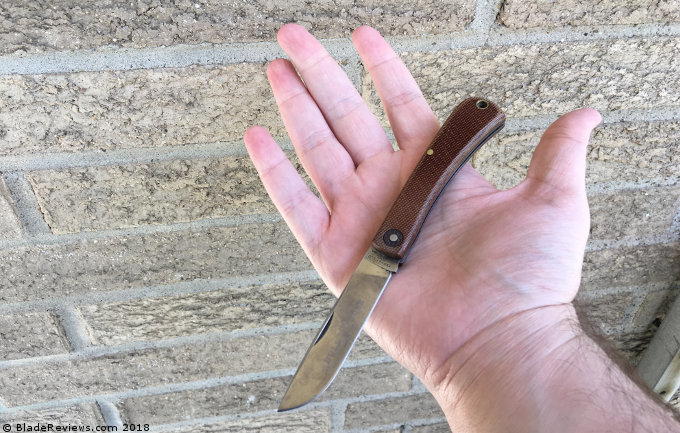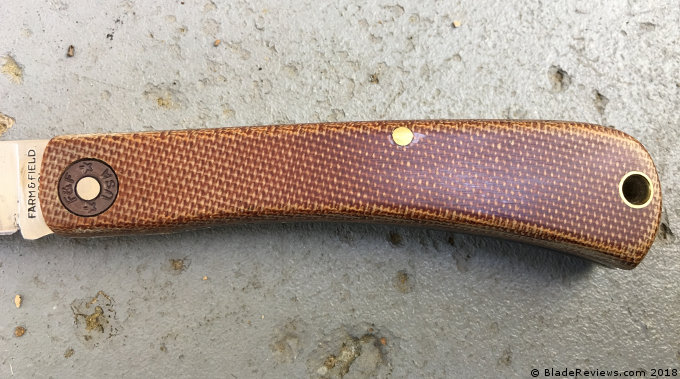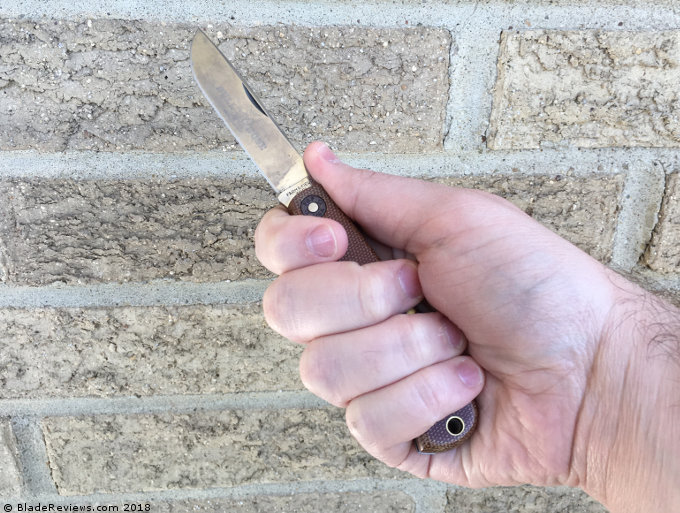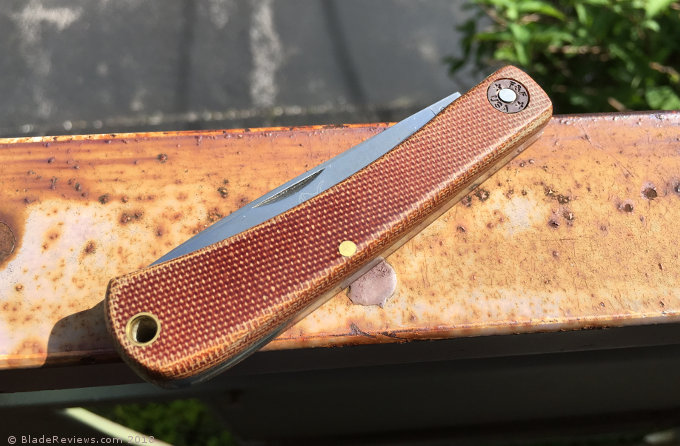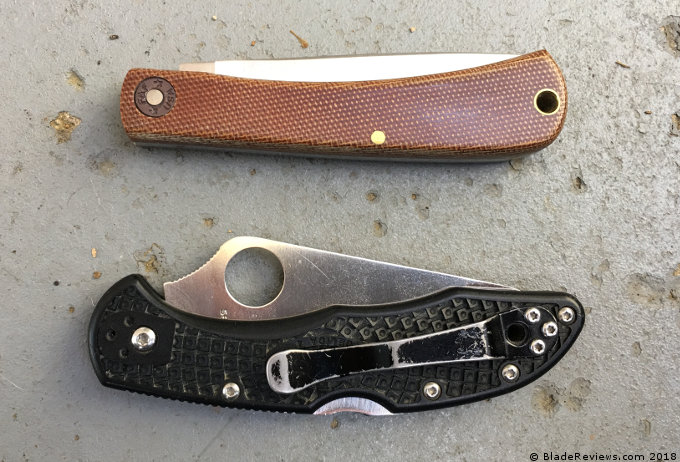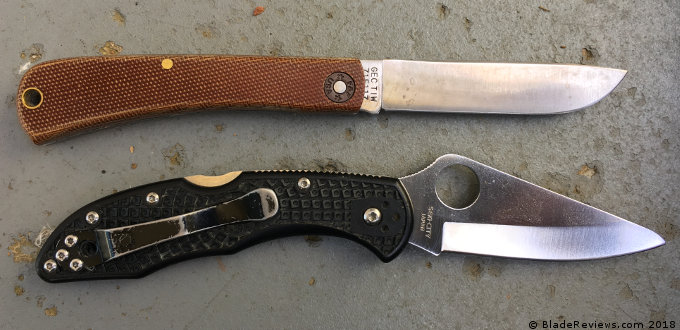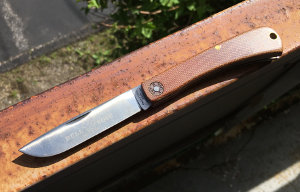There are knives that elicit feelings of elegance and delicate class, and then there are knives that make you feel like you’re carrying a tool that can handle damn near any task that you throw at it. Demko Knives belong solidly in the latter camp.
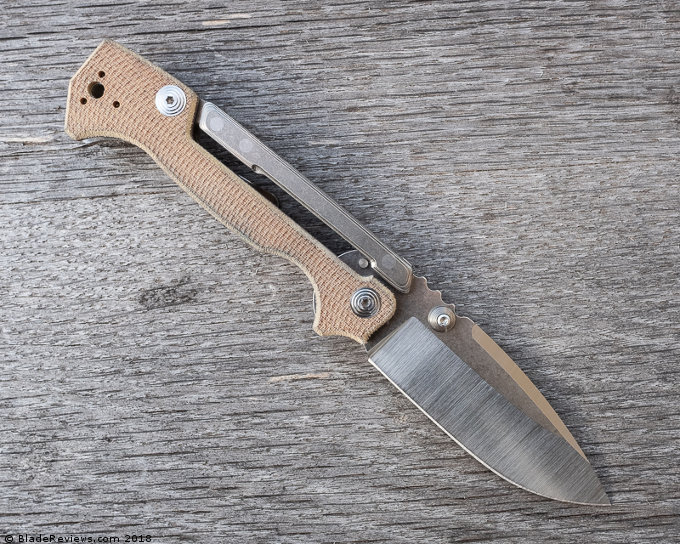
Buy the Demko Knives AD-15 at BladeHQ
No products found.
For those of you that are hearing the name Demko and it’s sounding familiar Andrew Demko is the designer of Cold Steel’s famed Tri-ad Lock as well as some of their (in my opinion) coolest designs. Demko has also maintained his own custom knife shop, producing well built heavy-use folders that kept that distinct look that made his name famous among knife aficionados.
Based on my experience knives from Demko’s shop directly were a little difficult to come by when I first started getting into custom pieces. I’m not sure if that due to his work with Cold Steel, or maybe just the circles I ran in… but recently Andrew did two things that changed this. First he developed a new lock, the scorpion lock, that is not available from Cold Steel and secondly, he developed his Machine Ground (MG) series.
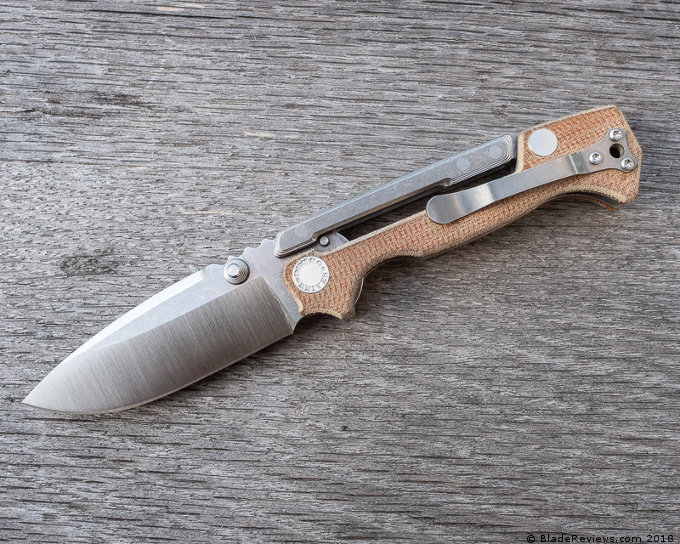
I would probably call his MG series mid-techs, although from what I have heard the only difference between Demko customs and the MG’s is the actual grinding of the blades themselves. Obviously his customs are hand ground, while the MGs are machine ground. More on that later.
First, the ever important specs of our Demko Knives AD-15 MG, the subject of this review:
- Blade Length: 3.75”
- Overall Length: 8.625”
- Handle Thickness: .59”
- Blade Thickness: .196”
- Steel: S35VN
- Weight: 6.4oz
- Lock: Demko Scorpion Lock
- Country of Origin: USA
(Please note these measurements are according to my ruler and calipers. The manufacturer’s listed measurements may vary.)
Blade Details
So, as I stated in the intro these knives are part of the “MG” series that the Demko shop is now putting out. I think the overall idea is to get some of their knives into customer’s hands without having to have the custom price-tag attached. In order to cut down on the cost, they have opted to put Machine Ground blades in these AD-15s. Apart from that I think there are minimal cosmetic differences between these and the customs.
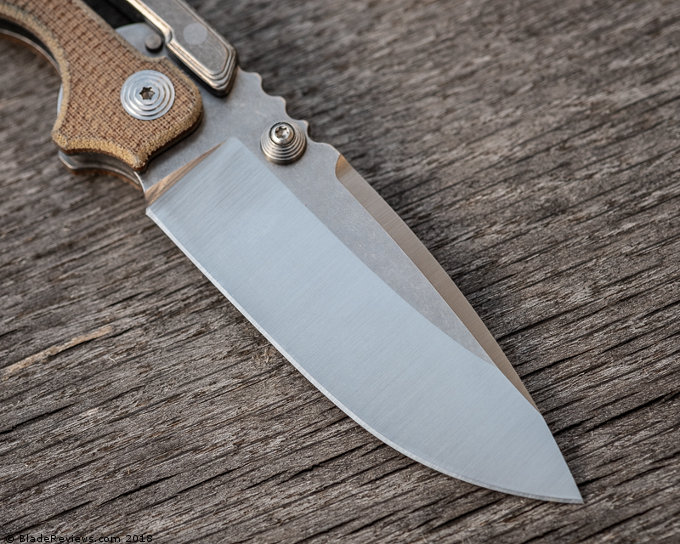
So what does this mean for the end user? Well, nothing really. The knife is evenly ground, with crisp lines and a thin flat grind, and it is finished extremely well. For the run that was available at Blade Show, where I bought this knife, they had actually gone back and put a machine-satin or grind-line finish on the blade. This is generally my preference in a blade finish.
All that said, the knife came to me horrifyingly sharp, and I say this as someone that can sharpen a knife to a mirror–hair whittling edge. The Demkos did something to make this knife glide through paper like nothing I’ve seen. What makes this even more remarkable is the blade is made from 4.5mm thick stock. That is thick stock for a folding knife.
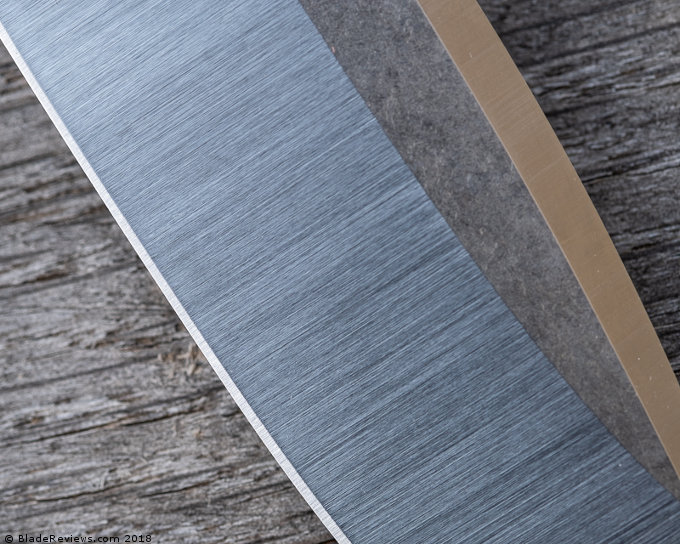
The steel choice is worth noting as well. S35VN is a weird pick for a knife that I’d consider a “heavy-use knife.” Don’t get me wrong as S35VN is generally a fine steel. I have it in my Chris Reeve knives and it’s performed great for me, but I would have expected 3V or M4 in this monster. Gimme something with some real brawn, Demko!
I suppose the choice of S35VN isn’t really a problem, as S35VN is still a premium steel with a well deserved reputation for all-round performance. It was just a surprising choice to me as this knife is otherwise entirely overbuilt. I think a tougher steel with a greater reputation for hard use would have been even better under these circumstances.
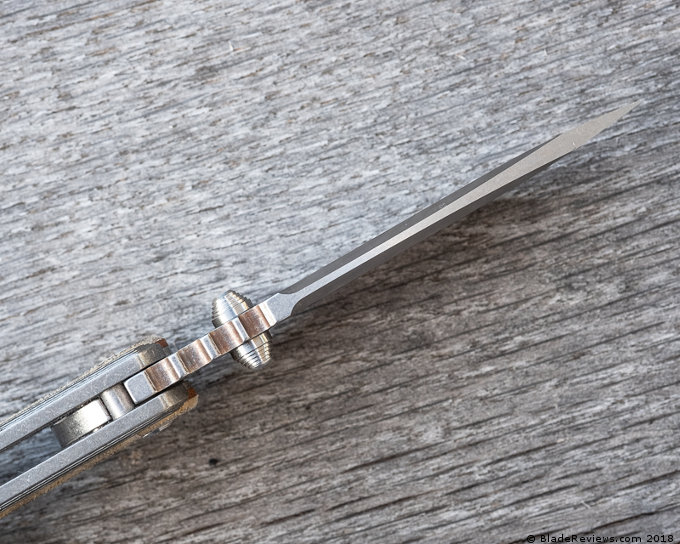
Handle, Ergonomics, and Pocket Clip
To address the elephant in the room before we talk about anything else, the AD-15 MG is a big knife. I mean the thing is over eight and a half inches long. However, as a result Demko was able to figure out how to incorporate a very effective saber-style handle to the knife. This allows you to grab onto it and know that you’re not going to slip anywhere, and to add additional traction most of these knives are offered in textured G-10 or Micarta for even more grip.
As for the handle material itself, it’s okay. Don’t tell anyone I said this, but I kinda wish I had gotten a G-10 version. The natural micarta has a raw edge that has turned out to not really be my favorite. His G10 knives were very nicely squared away, I’d love to see one in CF.
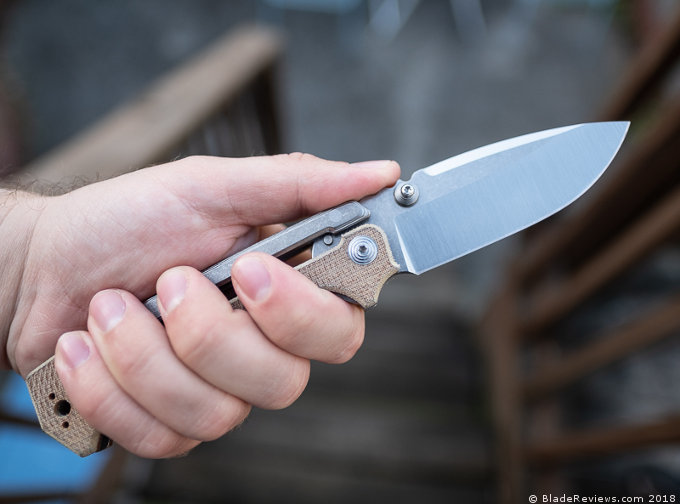
The Demko’s are also now offering these knives in full Ti handles. This was debuted at Blade 2018. In my opinion full titanium is a lousy “upgrade” as it adds nearly $200 to the price tag and a lot of extra weight, but the full titanium version offers no additional operational strength.
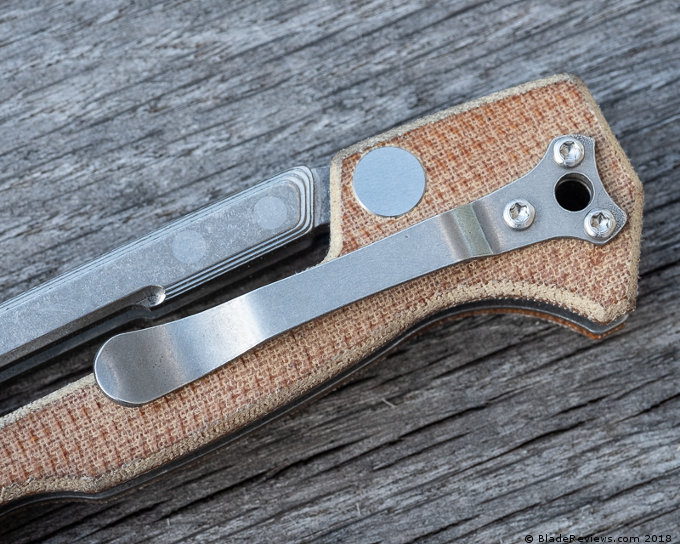
The clip is a ho-hum spoon style three screw clip that straddles the lanyard hole. This placement makes the knife ride a bit high in the pocket. I love and hate this high clip placement. On one hand, it allows you to have a really positive grip on this (expensive) knife in your pocket when you withdraw it, but the knife is also is going to dig into your side when you sit down. So this clip configuration has its pros and cons.
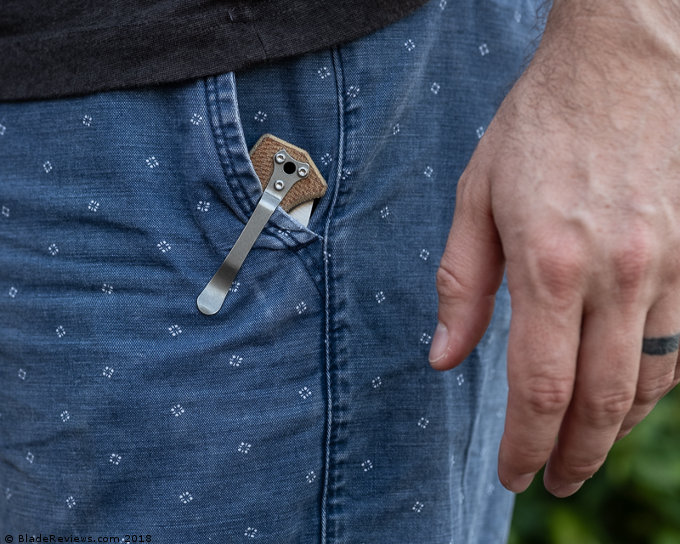
Deployment and Lockup
Dudes, this lock is super weird. Like, I get it, and I like it, but it took me a solid 2-3 days of playing with it where I stopped nearly cutting myself when I tried opening it. The knife is not that different from the famed Tri-ad lock that Demko licensed to Cold Steel. It’s essentially a titanium bar that runs across the top of the knife, that bar pivots around a pin towards the rear, when doing so it lifts the locking pin and allows you to close the knife. That same spring tension also serves as the “detent.” As a result, you sorta have to push away from the pivot when you open the knife otherwise it won’t budge.
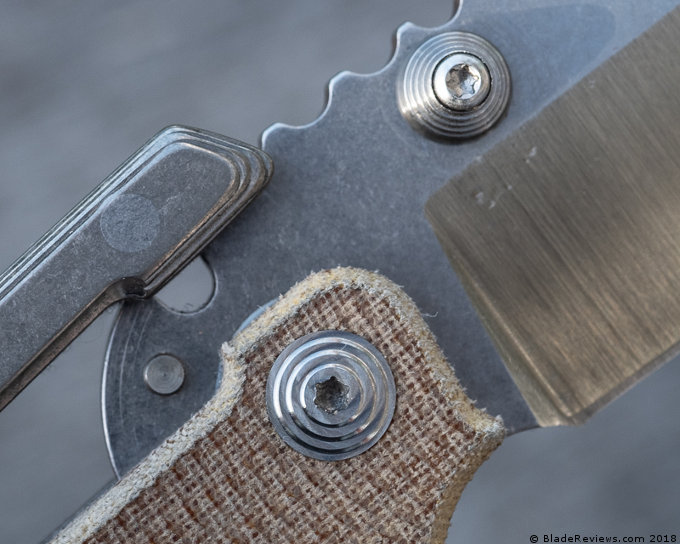
As I said, it’s a different but ultimately intuitive way of opening a knife. Another result of this lock is that the action of the knife has a very hydraulic feel to it. It’s smooth, but slow. As if you were pushing the blade open through soft butter. This isn’t a knife that you’re gonna “pop” open with your thumb. The AD-15 MG’s run on poly washers, so that contributes to the slow hydraulic feel of the action.
Demko Knives AD-15 MG Review – Final Thoughts
How do you pin a bow on a knife this unusual? It’s a new style of mid-tech, with a new locking system, in a different size category than I normally buy. I never condone knife abuse, but the AD-15 seriously feels like a knife that could do pretty much anything and go pretty much anywhere. Need to stab through a car hood? No problem. This AD-15 MG is an absolute tank, and in that capacity this knife is phenomenal.
With a different steel I think the AD-15 MG’s would be perfect. S35VN is fine for a Sebenza, but for an overbuilt folder like this I’d love to see the jump to an even tougher steel like 3V. I believe that Demko has used different steels on the hand ground versions, so perhaps that will trickle down to the MGs eventually.
Also, these knives aren’t cheap. The base model (with G10 or Micarta) comes in around $675 and is readily available on BladeHQ or even Amazon. This AD-15 MG is a lot of money, but you’re essentially getting a custom Demko that has a blade that went through a double disk grinder. Practically speaking it’s very similar to what they’d call a “custom knife.” The hand ground version of this knife starts at $900, and if that’s if you can find one.
For these reasons, I recommend the Demko Knives AD-15 MG if you want a hard use folder from Andrew Demko without spending the cash on one of his full customs.
No products found.
Editor: I recommend purchasing the Demko Knives AD-15 MG at Amazon or BladeHQ. Please consider that buying anything through any of the links on this website helps support BladeReviews.com, and keeps the site going. As always, any and all support is greatly appreciated. Thank you very much.
